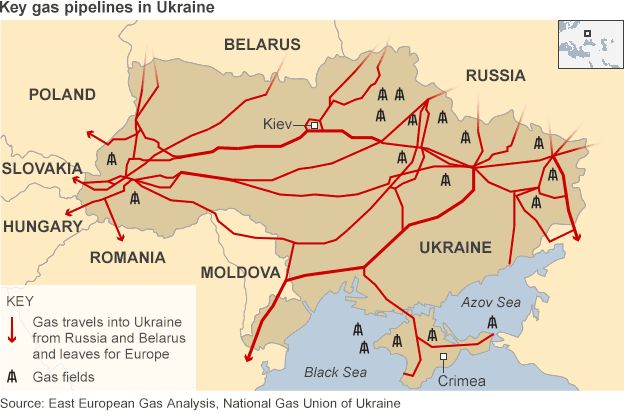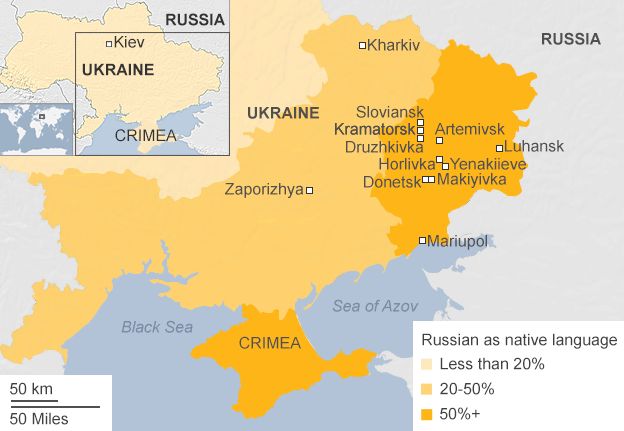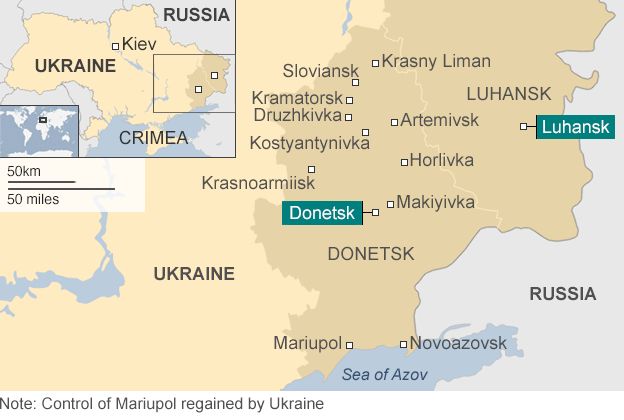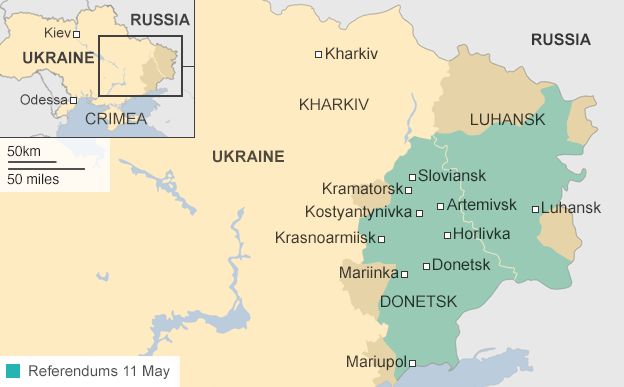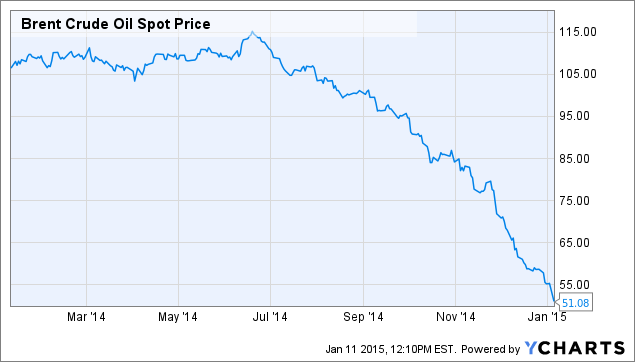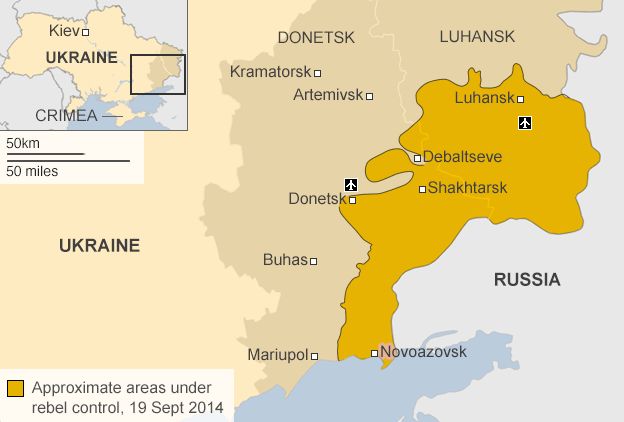In this week’s 5 minute update, we focused on:
1) An analysis of why Russia aggressively went into Syria the first week of October to support Syrian President Bashar Assad. The war in Syria is connected with who has the control and power over natural gas and its pipelines in the Middle East.
The roots of the war in Syria is centered in the development, supply and control of oil and natural gas reserves in Middle Eastern countries and the pipelines needed to send them primarily to Europe. Syria is not a major oil producer. Until the start of the Syrian civil war in March, 2011, Syria was making a hardly negligible $4 billion a year in oil sales – a third of the government budget. Nevertheless, Syria is a strategic country to transport natural gas from various Middle East countries to Europe. Syria is already part of a Western-ordained gas pipeline that spans from Egypt to Syria. This pipeline, known as the Arab Gas Pipeline, was originally planned to continue traveling from Syria into Turkey. From there, it can be piped into Europe. The major players of this Western approved pipeline include Saudi Arabia and Qatar, among other Gulf nations.

In 1989, Qatar and Iran began to develop the South Pars/North Dome natural gas field which is buried 3,000 meters below the floor of the Persian Gulf. With 51 trillion cubic meters of gas and 50 billion cubic meters of liquid condensates, it is the largest natural gas field in the world. Approximately 1/3 of this gas field belongs to Iran and other 2/3 belongs to Qatar. The major market for this gas is Europe. Iran has strategic ties with Syria and Syria is backed by Russia. Qatar is aligned with the US and Europe.
Since the discovery, Qatar has invested heavily in liquefied natural gas (LNG) plants and terminals that enable it to ship its gas around the world in tankers. Qatar is the world’s leading exporter of liquefied natural gas. Yet liquefaction and shipping increase total costs and, particularly as gas prices have slipped, Qatari gas has remained easily undercut in European markets by cheaper pipeline gas from Russia and elsewhere. As a result, it would be highly beneficial to Qatar to be able to send their natural gas to Europe by a pipeline.


So in 2009, Qatar proposed to President Bashar Assad of Syria to build a pipeline to send its gas northwest via Saudi Arabia, Jordan, and Syria which would eventually reach Europe. Two different routes for such a pipeline were possible. One would lead from Qatar through Saudi Arabia, Kuwait and Iraq to Turkey. The other would go through Saudi Arabia, Jordan, Syria and on to Turkey. Assad refused to agree to the proposal by Qatar to build a pipeline through Syria. A French newspaper report claimed Assad’s rationale was “to protect the interests of [his] Russian ally, which is Europe’s top supplier of natural gas.” For Qatar, the investment to build the pipeline would be billions of dollars up front but it would reduce its existing high transportation costs over the long term. To complicate matters, Saudi Arabia was not interested in a gas pipeline from Qatar to go through its country. Saudi Arabia has a track record of obstructing regional pipeline projects and for decades has had a tense political relationship with Qatar.
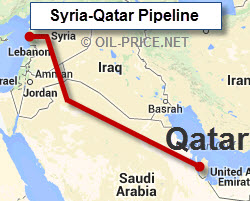

In January, 2010, at the World Future Summit in Abu Dhabi, the Prime Minister of Turkey, Tayyip Erdogan, promoted a project with Qatar to supply natural gas to Europe through a Turkish hook-up with the proposed Nabucco pipeline. The Nabucco pipeline would transport Central Asian and Middle Eastern gas to Europe bypassing Russia. Mr Erdogan said the Qatar-Turkey pipeline project was “important” for his country, and “will provide remarkable opportunities for Gulf countries”. He also described last year’s signing of an inter-governmental agreement on the Nabucco pipeline as the year’s “most significant development” for Turkey’s energy strategy. The transit agreement between five EU states and Turkey cleared the way for a final investment decision on the EU-backed project to reduce European dependence on Russian gas.
Turkey has long sought to establish itself as a hub for energy flowing from Asia and the Middle East to Europe. The idea gained the interest of the EU as European concerns over energy security have intensified due to recurring spats that have threatened to disrupt westward flows of Russian oil and gas. In January, 2009, Russia cut off 20 per cent of Europe’s gas supply for two weeks over a dispute with the transit state of Ukraine. In January, 2010, the failure of talks between Russia and Belarus have threatened oil supplies to several EU countries.
Planning for the Nabucco pipeline began in 2002. From the start, the pipeline was a joint European and American project aimed at undermining Russian influence over the European continent by reducing Russian energy imports. Europe currently obtains 36 per cent of its gas and 20 per cent of its oil from Russia.In 2006 Egypt, Syria, Jordan, Turkey, Lebanon, and Romania reached an agreement to build the pipeline’s extension through Syria to the Turkish border. From there, the pipeline would have been connected to the possible Nabucco Pipeline for the delivery of gas to Europe. In 2008 Turkey and Syria signed an agreement to construct a 63 kilometres (39 mi) pipeline between Aleppo and Kilis as a first segment of the Syria-Turkey connection of the Arab Gas Pipeline. However this contract was annulled at the beginning of 2009.
Responding to the building of the Nabucco pipeline, Russia built the North Stream pipeline which has been exporting gas from Russia under the Baltic Sea to Germany since 2011. In addition, Russia took on the South Stream project in 2007, which is to export gas from Russia, under the Black Sea and through the Balkans to western Europe. Work on South Stream began in December 2012, and it should be completed by 2018.
However, in July, 2013, the Nabucco pipeline project which was sponsored by the European Union (EU) and was to have transported gas from the Caspian Sea to Europe in order to bypass Russia was cancelled. The failure of the Nabucco project was due to a combination of geopolitical factors and business considerations. Nabucco-East was to have run from Azerbaijan across Georgia and Turkey to the Bulgarian border. As an alternative, the Trans Anatolian Pipeline (TANAP), funded by Azerbaijan and Turkey is due to come into operation in 2018. Nabucco-West was to have carried gas from Turkey to Austria, through Bulgaria, Romania and Hungary. As an alternative to Nabucco-West, the Shah-Deniz II consortium, which runs the largest gas field in Azerbaijan, awarded the contract for the transportation of gas to the Trans Adriatic Pipeline (TAP) which runs through Greece and Albania and under the Adriatic Sea to Southern Italy. This route is 500 km shorter than that proposed by Nabucco-West. Although representatives of the EU and the US state department declared their support for the decision in favor of the TAP pipeline, the cancelling of the Nabucco pipeline is a defeat for the EU.
The increased independence of Turkey from Russia was one of the main goals of the southern route from the outset. Turkey is one of the largest importers of Russian gas, but at the same time is a key political partner of NATO and the EU in Eurasia and the Caspian region. The route will now not be built under the direction of the EU, but instead primarily under the control of Turkey and Azerbaijan. As a result, the laying of the TANAP and TAP pipelines will increase the geopolitical importance of these two countries as EU energy partners.
Turkey attempted to persuade Syrian President Bashar Assad to reject the Iran-Iraq-Syria pipeline and to work with the proposed Qatar-Turkey pipeline, which would ultimately satisfy Turkey and the Gulf Arab nations’ quest for dominance over gas supplies, who are the United State’s allies. But after Assad refused Turkey’s proposal, Turkey and its allies became the major architects to start Syria’s “civil war.”
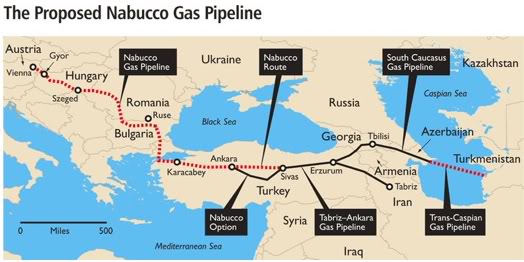

In 2010, Assad pursued negotiations for an alternative $10 billion pipeline plan with Iran, across Iraq to Syria, that would also potentially allow Iran to supply gas to Europe from its shared gas field with Qatar. It would be completed by 2016. Russia blessed this project possibly believing that it would have an easier time dealing with Iran than Qatar to control gas imports to Europe from Iran, the Caspian Sea region, and Central Asia. This alternative pipeline plan would carry Iran and Iraq’s gas to Europe, instead of gas from Qatar, and this option further pleased Russia’s Putin because he already had long standing energy agreements in place with Iran.
Next, Syria signed a memorandum of understanding with Iraq to build one gas and two oil pipelines with its target destination being Europe. In July, 2011, just weeks after civil war broke out in Syria, the Tehran Times released a report entitled, “Iran, Iraq, Syria Sign Major Gas Pipeline Deal“. The report provided details on Iranian plans to export its vast natural gas reserves to Europe through a pipeline that would travel through both Iraq and Syria. This new Iran-Iraq-Syria pipeline would reportedly be the largest gas pipeline in the Middle East and would span from Iran’s gas-rich South Pars field to the Mediterranean coastline in Lebanon through Iraq and Syria. The Iran-Iraq-Syria pipeline is sometimes called the Islamic Gas Pipeline (IGP). However, the proposed pipeline wouldn’t stop in Syria. The agreement calls for the construction of an underwater pipeline under the Mediterranean Sea stretching from Lebanon to Greece to deliver Iranian gas to energy-hungry European nations. The Iran-Iraq-Syria gas pipeline became a threat to the Arab Gas Pipeline as it would compete directly with the Arab Gas Pipeline’s goal of delivering Mideast natural gas to Europe as well.
As a long-term supporter of Syria, Russia had built up influence within the administration and the armed forces. Also Russia’s only military base in the Mediterranean is located on the coast of Syria which would strategically allow Putin to control a second gas pipeline to Europe. Naturally this Iranian pipeline to Syria quickly became a top priority for Russia. Therefore, Assad and the Russians worked their contacts within Syria to dissuade the Qatar pipeline and promote the Iranian pipeline.
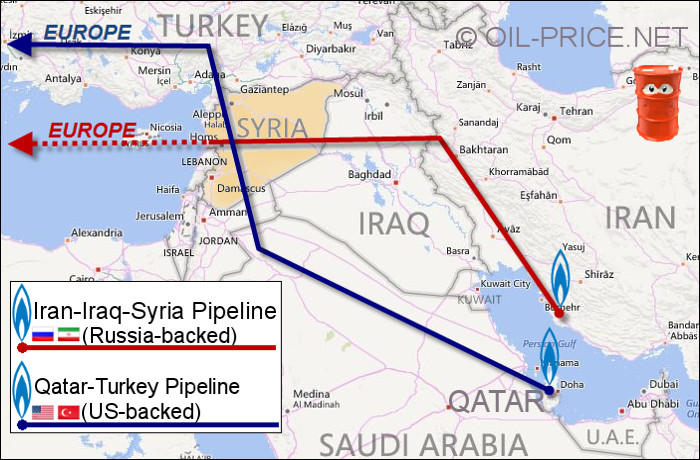
The Memorandum of Understanding for the Iran-Iraq-Syria gas pipeline was signed in July, 2012 – just as Syria’s civil war was spreading to Damascus and Aleppo. In July 2013, leaders from Syria, Iran, and Iraq met to sign a preliminary agreement on the pipeline with the hopes of finalizing the deal by the end of the year. This pipeline would by-pass Turkey. The plan by Assad to support the Iran-Iraq-Syria pipeline plan was a “direct slap in the face” to Qatar’s plans to build a pipeline through Syria.
In July, 2013, Russia rejected a Saudi proposal to abandon Syria’s president, Bashar Assad, in return for a huge arms deal and a pledge to boost Russian influence in the Arab world. On July 31, 2013, Russian President Vladimir Putin, a strong backer of Syrian leader Bashar al-Assad, met Saudi Arabia’s intelligence chief Prince Bandar bin Sultan. During the meeting in Russia, the Saudi official explained that Saudi Arabai is ready to help Russia play a bigger role in the Middle East at a time when the United States is disengaging from the region. Bandar proposed that Saudi Arabia buy $15 billion dollars of weapons from Russia and invest “considerably in the country.” The Saudi prince also reassured Putin that “whatever regime comes after” Assad, it will be “completely” in the Saudis’ hands and will not sign any agreement allowing any Gulf country to transport its gas across Syria to Europe and compete with Russian gas exports, the diplomat said. The meeting between Bandar and Putin came amid tension between Russia and Saudi Arabia over the conflict in Syria, as Russia has accused the Saudis of “financing and arming terrorists and extremist groups” in the war which started in March, 2011.
Putin rejected the Saudi Arabian proposal. When this happened, Bandar bin Sultan of Saudi Arabia then let the Russians know that the only option left in Syria was military action. So, why did Russia reject the proposal to partner with Saudi Arabia? Asked about the Putin-Bandar meeting, a Syrian politician said: “Saudi Arabia thinks that politics is a simple matter of buying people or countries. It doesn’t understand that Russia is a major power and that this is not how it determines its policy. Syria and Russia have had close ties for over half a century in all fields and it’s not Saudi money that will change this fact,” he added.
As a result, of Syrian President Bashar Assad’s decision to reject the Qatar pipeline going through Syria to Europe and embracing the Iran-Iraq-Syria pipeline instead, the decision was made to start an uprising backed by the US and Europe to remove Assad from power. This uprising started in March, 2011 as armed protesters opposed the Assad government. As a result, the U.S., France, Britain, Qatar, Saudi Arabia and Turkey — aka, the new “Friends of Syria” coalition — began to publicly call for the overthrow of Syrian President Bashar Assad between 2011 and 2012 after Assad’s refusal to sign onto the Qatar gas pipeline through Syria to Europe. Qatar began working to oust the Assad regime by funding rebel groups to the tune of an estimated $3 billion between 2011 and 2013.
For nearly 15 years, Gulf nations, and their Western-based militaries have been plotting an overthrow of the Syrian government. In 2001, former U.S. General Wesley Clark admitted that the United States made a decision to topple the Syrian government.
https://www.youtube.com/watch?v=9RC1Mepk_Sw&feature=youtu.be
In May 2007, a presidential finding revealed that the “the Saudi government, with United States approval, would provide funds and logistical aid to weaken the government of President Bashir Assad, of Syria.” One faction chosen to receive covert US “political and financial support” through the Saudis was the exiled Syrian Muslim Brotherhood. According to former French foreign minister Roland Dumas, Britain had planned covert action in Syria as early as 2009. Speaking with French television, Dumas said: “I met with top British officials, who confessed to me that they were preparing something in Syria. Britain was preparing gunmen to invade Syria.”
In December, 2011, a military officer wrote a report on a meeting with US military intelligence officers regarding events taking place inside Syria confirmed US-UK training of Syrian opposition forces since 2011 aimed at eliciting “collapse” of Assad’s regime “from within.” The goal was to replace the Assad government with a new “democratic” government that is friendly to US, EU, Sunni/Saudi interests in the region. According to retired NATO Secretary General Wesley Clark, the US strategy in the region is fundamentally about control of the region’s vast oil and gas resources.
So how do we understand the dynamics of the disagreement between Russia and the West over the support of Syrian President Bashar Assad?
In October, 2015, the Russian military went into Syria. So, why is Russia backing Assad ? Russia supports the Iran-Iraq-Syria pipeline. Why are they choosing to side with Syria despite the massive propaganda push by the West against the Assad government? It is because Russia’s economy is predominantly based upon its enormous energy exports. Much of Europe is dependent upon Russian oil and gas and this dependency is growing. Russia boasts the largest natural gas reserves in the world. The Russian energy company, Gazprom, is the world’s largest extractor of natural gas. It currently delivers gas to over 25 European countries. Europe is the source of 40% of Gazprom’s yearly revenue. Which country has the second largest natural gas reserves in the world? It is Iran.
In addition to Russia, Iran has also firmly opposed the removal of Assad from power. In fact, since the start of the fighting, Iran has provided the most extensive support to the Assad government. By some accounts, it is more or less running the Syrian army, as well as supplying it with weapons and now even troops from its Revolutionary Guard. Russia has its eye on the potential profits of bringing Iranian oil and gas online for Europe. For this reason, (among a myriad of others) it has sought to solidify its relations with Iran. The most direct route for moving Iran’s energy supplies to Europe is right through the heart of Iraq and into Syria.
As Iran is liberated from US-imposed embargo, two power blocks have emerged in the Middle East – Iran, Iraq and Syria, which are all Shia-led, and the rest of the Arab world, which is Sunni and stands against the Shia. While America holds the alliance of the Sunni world, Russia is siding with the Shia-controlled nations. Most Arabs view the Iran-Iraq-Syria pipeline as a Shi’ite pipeline serving Shi’ite interests. After all, it originates in Shi’ite Iran, passes through Shi’ite Iraq, and flows into Shi’ite controlled Syria. Therefore, the Sunni-dominated Gulf nations have both an economic and religious reason for preventing the Iran-Iraq-Syria pipeline from becoming a reality. So far, the Gulf nations have violently opposed Syria’s adoption of the Iran-Iraq-Syria pipeline by arming opposition fighters within Syria in order to destabilize the nation. This also explains why Russia has chosen to target Qatari- and Saudi-funded rebel groups in Syria in its bombing campaigns in addition to bombing ISIS.
If Syria-Iran-Iraq gas pipelines comes into existence, Russia and its energy company, Gazprom, would economically benefit. Russia would rather see the Iran–Iraq–Syria pipeline built or no pipeline at all so that it can best control gas supplies to Europe, its main market. Therefore, Russia is backing Syria, and consequently, Iran and Iraq. Of course, Russia has already signed a deal with China for the provision of natural gas starting 2019, so China will back Russia. So, Russia, China, Iran, Iraq and Syria form a core of the nations who support the Assad government in Syria.
Hezbollah entered the scene in 2012 and allied itself with the Syrian government to fight al-Nusra and ISIS, which were officially being armed and financed by Qatar, Saudi Arabia and Turkey. And all the arms were actively being sold to these nations by the United States.
For Qatar, Syria represents an opportunity to transport its gas to market cheaply or block Iran from dominating pipeline exports from a jointly-owned field. Qatar along with Turkey would like to remove Assad from power and install the Syrian chapter of the Muslim Brotherhood. The United States, meanwhile, supports the Qatari pipeline as a way to balance Iran and diversify Europe’s gas supplies away from Russia. And Turkey, likewise, believes that the Qatari pipeline would help it diversify its own gas supplies away from Russian energy and further its ambitions to be a gas transit hub between Asia and Europe.
Russia is battling for the allegiance of Turkey. In fact, Russian state media has reminded Turkey that it is “unlikely to manage without Russian gas” and that Turkey’s other major supplier, Iran, is aligned with Russia in Syria. Russia alone accounts for about 1/5 of Turkey’s energy consumption, more than any other country. According to a Bloomberg report, Russia provides around 57 percent of Turkey’s natural gas. The whole Turkish energy security architecture depends on gas from Russia and Iran. On the flip side, Turkey is Russia’s second biggest natural gas customer after Germany. Germany obtains 40 per cent of its gas from Russia and is its most important trading partner in the EU. Turkey needs Syria to fulfill its energy strategy.
In December, 2014, Russian President Vladimir Putin said Russia will scrap the $20 billion South Stream natural-gas pipeline that would have sent Russian natural gas the European countries in favor of a natural gas pipeline link to Turkey. The European Union never fully embraced the project instead trying to broaden its supplies and reduce dependence on Russian gas. The emergence of Turkey as a major economic partner with Russia, which sets aside their conflicting military and political agendas, especially on Syria, comes as Russia makes trade agreements to strengthen ties with countries that haven’t joined the sanctions imposed by the U.S., the EU and some of their allies in Asia over Russia’s actions in the Ukraine. In October, 2015, Turkish President Mr Erdogan, angered by Russia’s bombing campaign in Syria, warned Russia that Turkey may look elsewhere for partners to supply its natural gas. One of the top importers of Russian gas, Turkey has joined with Russia in a major effort to construct a new gas pipeline – dubbed Turkish Stream, or TurkStream – as an alternate route into Europe that bypasses Ukraine.
Because the West is eager to lesson the dependence Russian natural gas to Europe and replace it with supplies from the Persian Gulf, the West wants to remove Assad from power. Because having a pipeline from the Persian Gulf that run through Syria to Europe is a major key to achieving energy independence from Russia and because Syria politically leans in favor of Russia and Iran, it was decided in the Western capitals that Assad needs to be removed from power. If this eventually happens, US would like to replace him with someone loyal to the US, Europe, Qatar and Saudi Arabia therefore work to get the Qatar-Syria-Turkey pipeline operational so that the Qatari Princes and Saudi Kings can finally begin to have access to the European energy market once and for all.
While seeking this objective, the West also believes that Russia (and Putin) must be destabilized, kept occupied, removed and divorced from having control over the natural gas supplied to Europe. To the West, it doesn’t matter what they have to do to ultimately remove Russia’s energy out of Europe and replace it with Qatari / Saudi reserves. In August, 2013, US Chairman of the Joint Chiefs of Staff, Gen. Martin Dempsey, said: “Syria today is not about choosing between two sides but rather about choosing one among many sides. It is my belief that the side we choose must be ready to promote their interests and ours when the balance shifts in their favor.”
An agreement to divide Jerusalem and establish a PLO state is a tribulation event.
The link to these articles are as follows:
1) Turkey touts proposed gas pipeline from Qatar
2) European Union’s Nabucco pipeline project aborted
3) Qatar seeks gas pipeline to Turkey
4) Syria intervention plan fueled by oil interests, not chemical weapon concern
5) Spooks’ view on Syria: what wikileaks revealed
6) General Wesley Clark: US planned wars in 7 countries in 5 years including Syria
7) Moscow rejects Saudi offer to drop Assad for arms deal
8) General Dempsey on Syria Intervention
9) Syria’s Pipelineistan war
10) Iraq green lights gas pipeline deal with Iran, Syria
11) Migrant Crisis & Syria War Fueled By Competing Gas Pipelines
12) Why Syria? An Examination of the Iran-Iraq-Syria Pipeline
13) ISIS, Ukraine, Syria…it was, and always has been, about Qatar and Saudi gas and oil to Europe
14) Syria and the Gas Pipelines – Syrian Crisis’ Ground Reality
15) Is Russia Just in Syria for the Pipelines?
16) Putin Says Moscow to Drop Gas Pipeline to Europe
17) Turkey’s Erdogan Warns Russia on Energy Deals
From a Biblical prophetic perspective, the reason why the God of Israel would allow these events to happen is because it will result in the end of the exile of the house of Jacob and the reunification of the 12 tribes of Israel (Ephraim and Judah).
We will to be “watchmen on the walls of Jerusalem” and we will not rest until the God of Israel makes Jerusalem a praise in the earth (Isaiah 62).
Shalom in Yeshua the Messiah,
Eddie Chumney
Hebraic Heritage Ministries Int’l
